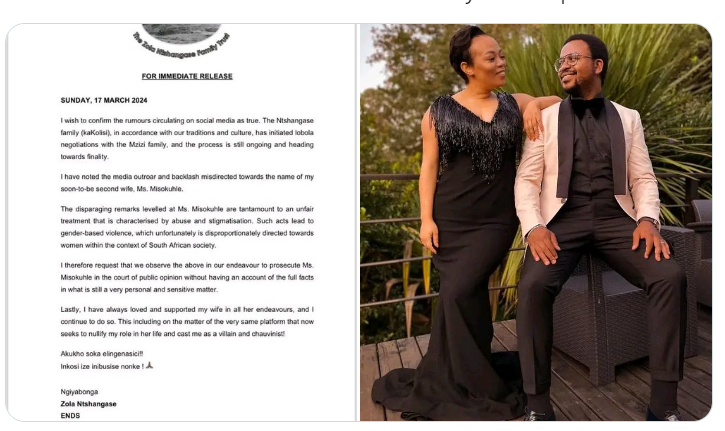In the world of passionate collectors, insurance for collectibles is more than just a safety net; it’s a crucial safeguard against potential loss or damage to prized possessions. Whether you collect rare stamps, vintage wine, or valuable art pieces, having the right insurance coverage can provide peace of mind and financial protection.
In this comprehensive guide, we’ll delve into the intricacies of collectible insurance, explore how to properly insure your collection, discuss strategies for protecting your treasures, and delve into what makes collectibles valuable.
RAED ALSO ON: Top Injury Law Firm in Dallas: Your Guide to Personal Injury Lawsuits
What is Collectible Insurance?
Collectible insurance is a specialized form of coverage designed to protect valuable items that hold significance to collectors. This type of insurance typically covers a wide range of collectibles, including but not limited to art, antiques, coins, stamps, wine, memorabilia, and jewelry.
Unlike standard homeowners or renters insurance, which may offer limited coverage for personal property, collectible insurance provides comprehensive protection tailored to the unique needs of collectors.
Types of Collectibles Covered
Collectible insurance policies may vary in terms of the types of items they cover. Some common categories of collectibles include:
- Art: This category encompasses a wide range of visual artworks, including paintings, sculptures, and photography.
- Antiques: Items such as furniture, ceramics, silverware, and textiles fall under the umbrella of antiques.
- Coins: Rare coins, currency, and numismatic collections are often insured under specialized coin collector policies.
- Stamps: Philatelists can protect their valuable stamp collections with dedicated insurance coverage.
- Wine: Wine enthusiasts may opt for insurance to safeguard their investment-grade wine collections.
- Memorabilia: Collectibles such as sports memorabilia, historical artifacts, and autographed items may require specialized insurance coverage.
Importance of Specialized Coverage
Standard homeowners or renters insurance policies may not provide adequate coverage for collectibles due to limitations on coverage amounts and exclusions for certain types of items. Collectible insurance offers specialized coverage tailored to the unique risks associated with valuable collections, such as damage, theft, or loss.
How Do You Insure a Collection?
Insuring a collection involves several key steps to ensure adequate coverage and protection for your valuable items.
Evaluating the Value of Collectibles
Before obtaining insurance coverage for your collection, it’s essential to accurately assess its value. This may involve obtaining professional appraisals, consulting with experts in the field, or researching recent sales data for comparable items. Keep detailed records of each item in your collection, including descriptions, photographs, purchase receipts, and appraisal documents.
Choosing the Right Insurance Provider
When selecting an insurance provider for your collectibles, consider factors such as the provider’s reputation, financial stability, coverage options, and customer service. Look for insurers that specialize in collectible insurance and have experience working with collectors. Compare quotes from multiple providers to ensure you’re getting the best coverage at a competitive rate.
Documentation and Appraisal
Proper documentation is essential when insuring a collection. Keep detailed records of your items, including photographs, descriptions, purchase receipts, and appraisals. Having up-to-date appraisals can help ensure that your collection is adequately insured for its current value. Work with reputable appraisers who have expertise in the specific type of collectibles you own.
READ ALSO ON: How Much Can You Sue for Personal Injury in Texas?
How Do You Protect Collectibles?
While insurance provides financial protection for your collectibles, taking proactive measures to protect them from damage, theft, or loss is equally important.
Proper Storage and Display
The way you store and display your collectibles can significantly impact their condition and value over time. Follow these tips to protect your items:
- Climate Control: Maintain stable temperature and humidity levels to prevent damage from moisture, heat, or fluctuations.
- Lighting: Avoid exposing collectibles to direct sunlight or harsh artificial lighting, as UV rays can fade colors and deteriorate materials.
- Display Cases: Use display cases or cabinets with UV-protected glass to shield items from dust, dirt, and handling.
- Handling: Handle collectibles with care, using clean hands or gloves to prevent smudges, fingerprints, or scratches.
Security Measures
Implementing security measures can help deter theft and protect your collectibles:
- Alarm Systems: Install burglar alarms or security systems to alert authorities in case of unauthorized entry.
- Safes or Vaults: Store high-value items in secure safes or vaults equipped with fire and theft protection.
- Surveillance Cameras: Use surveillance cameras to monitor areas where collectibles are stored or displayed.
- Insurance Riders: Consider adding insurance riders for high-value items or collections with unique security requirements.
Handling and Transportation
When handling or transporting collectibles, take precautions to minimize the risk of damage or loss:
- Packaging: Use proper packaging materials, such as acid-free tissue paper, bubble wrap, or foam padding, to cushion items during transit.
- Insurance Coverage: Ensure that your collectibles are adequately insured during transportation, whether shipping items or transporting them to exhibitions or events.
- Professional Services: Consider hiring professional shippers or art handlers with experience in handling valuable collectibles.
What Makes a Collectible Valuable?
The value of collectibles is influenced by various factors, including rarity, condition, provenance, and market demand.
Factors Influencing Value
- Rarity: Items that are scarce or limited in quantity are often more valuable to collectors.
- Condition: Collectibles in pristine condition, free from damage or wear, command higher prices in the market.
- Provenance: The documented history or lineage of an item can increase its value, especially if it has a noteworthy or prestigious provenance.
- Market Demand: Trends and fluctuations in the market can impact the value of collectibles, with certain categories experiencing surges in demand based on factors such as cultural significance, celebrity ownership, or historical events.
Examples of Highly Valuable Collectibles
- Fine Art: Masterpieces by renowned artists such as Pablo Picasso, Vincent van Gogh, or Leonardo da Vinci can fetch astronomical prices at auctions.
- Rare Coins: Numismatic treasures, such as the 1933 Double Eagle gold coin or the 1804 Draped Bust silver dollar, are highly sought after by coin collectors.
- Vintage Wine: Rare vintages from prestigious wine regions, such as Bordeaux or Burgundy, can command exorbitant prices among oenophiles and collectors.
- Sports Memorabilia: Autographed jerseys, game-worn equipment, and championship trophies associated with legendary athletes are prized possessions for sports memorabilia enthusiasts.
Insurance for collectibles is a vital component of safeguarding your treasures against unforeseen risks. By understanding the nuances of collectible insurance, properly insuring your collection, implementing protective measures, and recognizing the factors that contribute to collectible value, you can ensure the long-term preservation and enjoyment of your prized possessions.
Remember to regularly review and update your insurance coverage to account for changes in your collection and market conditions. Protecting your collectibles isn’t just about preserving their monetary value—it’s about preserving the passion and memories they represent.









